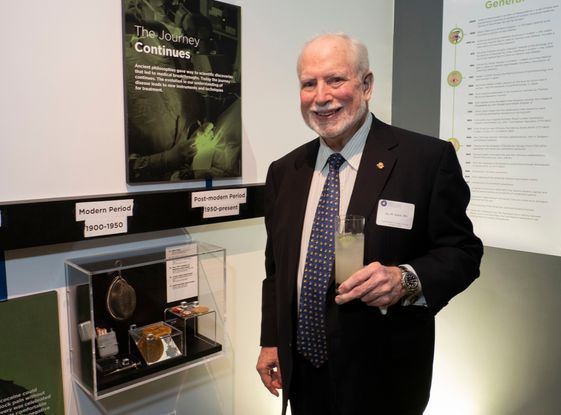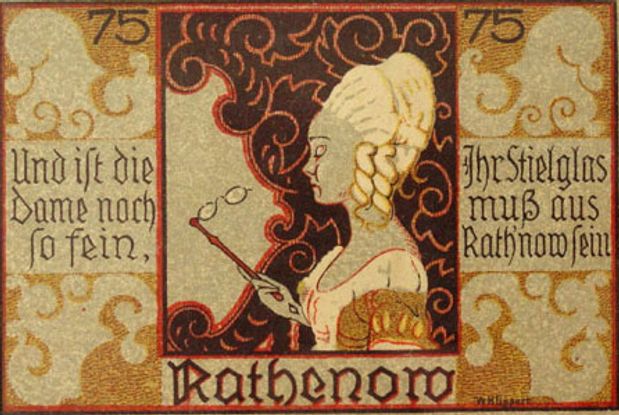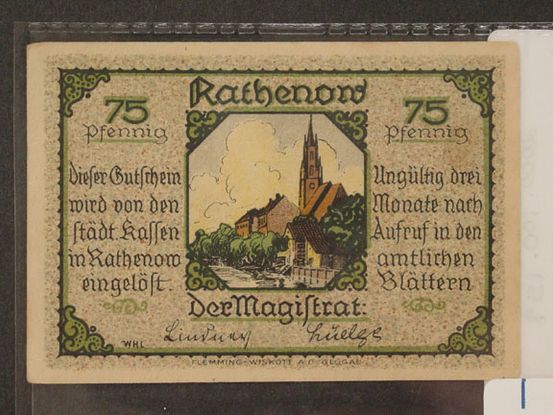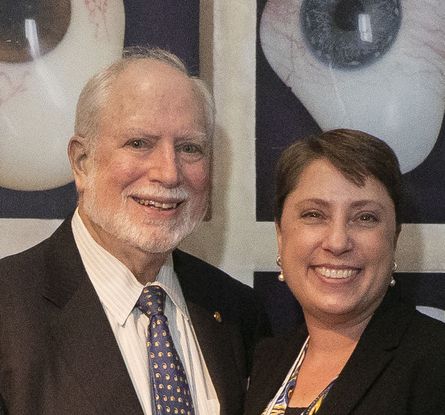Sep 18, 2020
Author: Jenny Benjamin, Director, Truhlsen - Marmor Museum of the Eye® and Stanley M. Truhlsen, MD Director of Ophthalmic Heritage
In April 2020 the museum lost a dear friend to the coronavirus. Jay M. Galst, MD, had a deep interest in ophthalmic history. He was involved with the Academy’s Truhlsen–Marmor Museum of the Eye® since 1985, serving on numerous committees, and was co-chair of the acquisitions subcommittee at the time of his death.

Dr. Galst was an avid collector of numismatics. It’s a diverse field covering currency, tokens, commemorative medals and medallic art. He was a renowned expert in the field, specializing in specimens related to ophthalmology, optics and vision. Between 1985 and 2020, Dr. Galst donated 190 artifacts to the museum, covering everything from ancient coins to modern medals.
As the museum has been under construction, we have been trying to determine how to honor Dr. Galst and his legacy. I am pleased to announce that we are gathering his donations and naming them the Jay M. Galst, MD, Numismatics Collection. We will feature part of the collection in the new museum.

Amongst his many donations, one of my favorite items chosen for exhibit is a 75 pfennig notgeld note, issued by the city of Rathenhow, c1920. Notgeld is an emergency currency issued by a city or state during times of political or economic crises. It is usually accepted for short periods of time until a central government can once again issue valid currency. This note was produced in Rathenow, Germany, during the economic crises between World War I and World War II. At that time, over 200 optical companies operated in Rathenhow, which is featured on one side of the bank note.

Many years ago (so long ago that I can’t remember the year), a couple arrived in San Francisco from Germany wishing to visit the museum. At the time, it was open by appointment only, so I provided a personal tour of the displays. As I met them in the building’s lobby, I quickly realized that they spoke little English and I spoke absolutely no German. After a lot of pointing and smiling, we made our way to the exhibits where this artifact was on display. Immediately the couple began exclaiming in utter surprise and delight. As it turned out, they lived in Rathenow, which is still known for its optical industry. As they explained, Rathenow’s connection to ophthalmology was the main reason they had decided to seek out the museum in the first place. Through more pointing and photos on phones, I learned that the reverse of the bank note clearly shows the city’s skyline, some of which had been destroyed during World War II.
This type of connection with visitors is what makes running the Museum of the Eye® such a joy. This memory, along with the memory of Jay’s enthusiasm for numismatics, makes this artifact one of my favorites from the Jay M. Galst, MD, Numismatics Collection.
